Amish Cash Secrets That’ll Make You Think Twice About Your Useless Junk!
Exploring Freedom in Tradition

Rumspringa—the Amish’s version of a teenage test drive in the “real” world—offers youth a taste of freedom before committing to their faith. Kicking off around 16, it’s a period when young Amish explore outside their tight-knit community, experimenting with modern life thrills they’ve only heard about.
From driving cars to trying out tech gadgets or mingling with non-Amish friends, it’s a crash course in choices. While it’s no full-blown rebellion, this window into mainstream culture provides perspective on life beyond horse-drawn buggies and farm chores. Ultimately, many choose to return, reaffirming their commitment to their roots. Rumspringa is about understanding before embracing the Amish way.
Secrets of Simple Living
Centuries ago, a group of Swiss-German Christians split from the mainstream, choosing a lifestyle that shuns excess and embraces simplicity. Known for their peaceful ways and strict traditions, the Amish communities remain famously “closed.” Now, what does that mean? It means living separately from modern society, focusing on tight-knit community life and minimal outside influence.
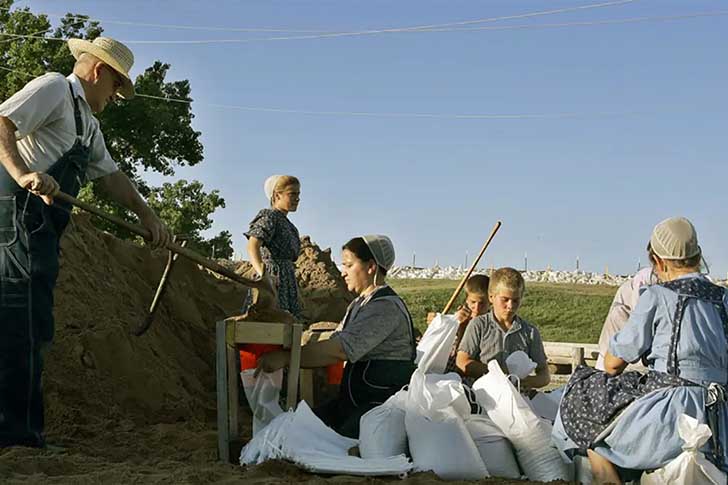
Their way of life might sound restrictive, but it comes with unexpected perks—like a knack for serious money-saving. By avoiding costly trends, sharing resources, and sticking to essentials, they prove that simplicity doesn’t mean deprivation. While many buy new, they’ve perfected make-do-and-mend, which keeps clutter and costs at bay.
Why No Wires Here?
Unplugged living is a weird choice rooted in “Gelassenheit,” the Amish belief in humility and yielding to a higher will. By steering clear of electricity, they dodge modern life distractions while keeping grounded in simplicity. That doesn’t mean living without comfort, though. Kerosene lamps, wood stoves, and gas-powered appliances keep life humming along, minus the electric bill shock.
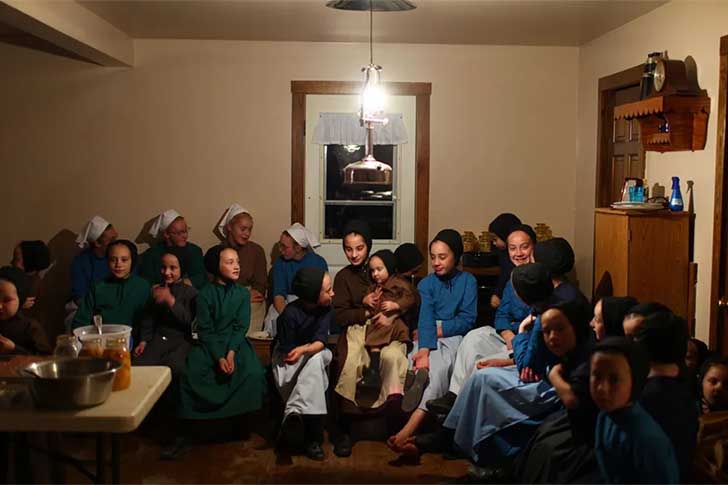
When exceptions arise, like in certain work environments, electricity use is considered but heavily monitored. This intentional lifestyle reduces monthly bills and shows the power of mindful choices. Ultimately, staying unplugged means far more than saving a few dollars—it’s a statement of commitment to simpler values.
Is Facial Hair a Sacred Code?
Keeping it traditional, Amish men grow beards to show maturity and marital status. The mustache once symbolized military association, something the peace-loving Amish firmly avoid. So, while beards are celebrated, mustaches are given a hard pass. Unmarried men remain clean-shaven, but once they tie the knot, the beard becomes an outward expression of commitment and respect.
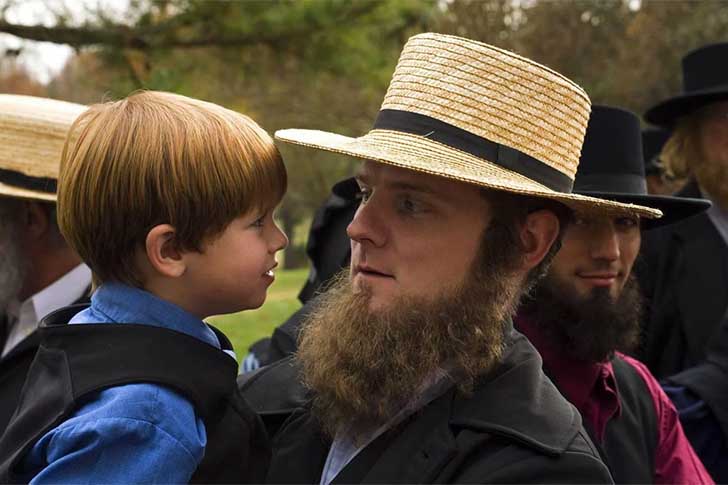
No trendy grooming techniques here; these beards grow wild and free, emphasizing humility over fashion. Trimming for neatness is fine, but shaping it to look stylish would miss the point. In this culture, a beard isn’t simply facial hair—it’s a badge of faith, tradition, and an unexpected money-saver at the barbershop.
Exploring Freedom in Tradition
Rumspringa—the Amish’s version of a teenage test drive in the “real” world—offers youth a taste of freedom before committing to their faith. Kicking off around 16, it’s a period when young Amish explore outside their tight-knit community, experimenting with modern life thrills they’ve only heard about.

From driving cars to trying out tech gadgets or mingling with non-Amish friends, it’s a crash course in choices. While it’s no full-blown rebellion, this window into mainstream culture provides perspective on life beyond horse-drawn buggies and farm chores. Ultimately, many choose to return, reaffirming their commitment to their roots. Rumspringa is about understanding before embracing the Amish way.
Life Lessons Over Long Lectures
Skipping high school might seem drastic, but for the Amish, an eighth-grade education does the job. Their schooling focuses on practical skills—think arithmetic, reading, and the basics of writing—all essential for running a farm or a family business. Higher education isn’t necessary, as they prioritize hands-on learning over theory, seeing it as the best preparation for their community-focused life.

Young teachers who graduated from the same system often teach lessons in small, one-room schoolhouses. This approach keeps costs low while instilling resourcefulness and self-sufficiency. There’s no spending on tuition when life offers real-world training needed. Here, financial wisdom comes naturally—no student loans are required.
No Frills, All Heart Weddings
Forget designer gowns and towering wedding cakes; Amish weddings focus on simplicity and meaning. Couples tie the knot in November or December, after the harvest, with the community joining in. Requirements include church membership, parental blessings, and a handmade dress (sans sparkles). No DJs, floral extravagance, or costly venues here.
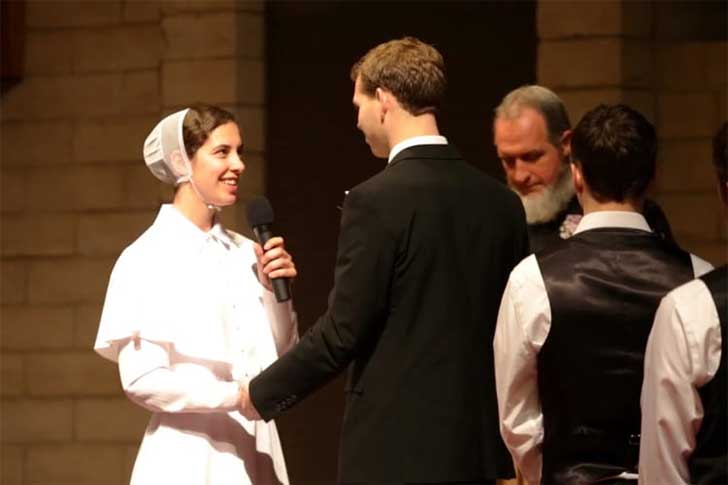
Ceremonies happen in a family home, with a homemade feast following. Friends and family prepare food, saving on catering costs, while decorations are minimal, usually handcrafted by the community. Weddings make the financial benefits of simplicity obvious: no excessive frills, simply a meaningful celebration. There’s zero debt to kick off married life—only genuine community support.
No Exotic Honeymoon Trips
Exotic getaways and luxury resorts don’t cut it for Amish honeymoons. After the wedding, newlyweds spend time visiting family and friends within the community, enjoying a low-cost, relationship-focused honeymoon. No need for hotel bookings or airfare—just meaningful bonding time close to home. If they don’t have a house, they live with family, sharing space and saving on housing expenses.

This practical setup means couples start married life without hefty bills or housing stress. By skipping lavish expenses, Amish newlyweds enjoy a frugal yet fulfilling start, showing that family support and community can replace costly indulgences. It results in a smooth, debt-free transition into marriage about love, not luxury.
Teamwork Makes the Barn Work
Building a barn in Amish culture is teamwork at its finest. Known as “barn raising,” this involves the community pitching in to complete the structure in a single day. Friends, family, and neighbors contribute labor, tools, and expertise, transforming a massive project into a budget-friendly endeavor.

No pricey contractors or labor fees here—the main “expense” is lunch for the crew. This collaborative event is efficient and strengthens community bonds, creating a structure built with goodwill and zero debt. Indeed, when neighbors unite with a shared goal, the biggest jobs get done affordably. This proves that community spirit is a builder’s best budget hack.
Old-School Life’s Health Benefits
While many rely on high-tech health trends, the Amish stick to the basics: fresh food, constant activity, and enough rest. Their daily routine involves manual farm labor, bypassing gyms but logging hours of physical work, which helps explain those low obesity rates. Studies show they enjoy longer lifespans and lower cancer risks.
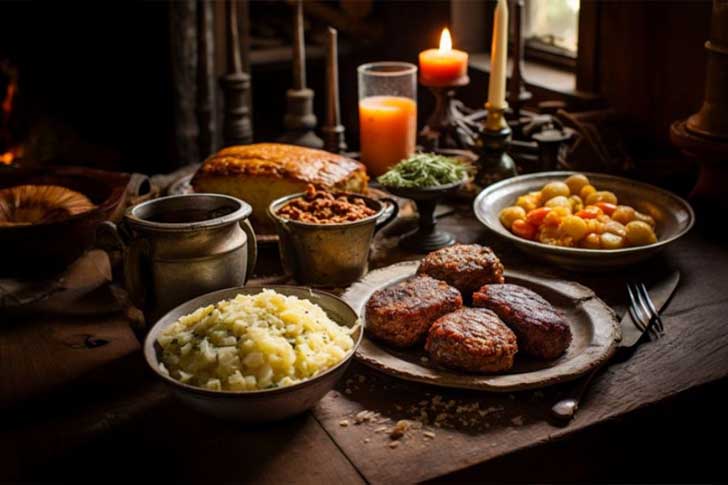
This results from homegrown, chemical-free diets and limited exposure to pollution. Without processed foods or smoking, their lifestyle remains health-conscious. With over 30% less cancer and lower obesity rates, the Amish approach displays how simplicity fosters wellness. Skipping additives and sticking to active days work wonders, making longevity a natural byproduct of their lifestyle.

You must be logged in to post a comment Login